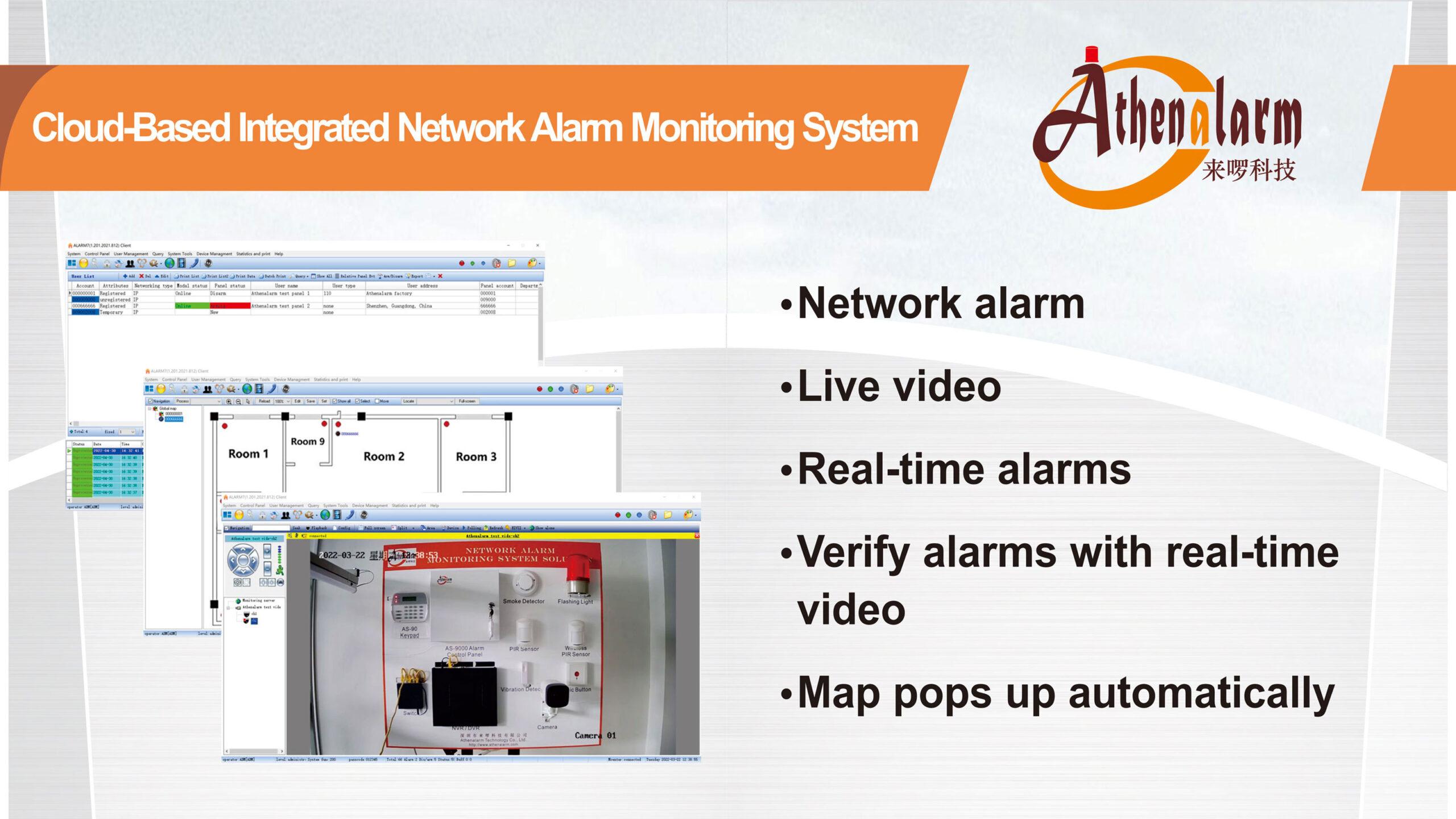



Reasons and Solutions for PIR Motion Sensor False Alarms
An ideal intrusion detector only responds to the presence of personnel and does not respond to the activities of animals such as dogs, cats, and mice. It also does not respond to the changes in indoor environment such as temperature, humidity, wind, rain, and vibration. It’s not easy to achieve this. Most intrusion detectors not only respond to the presence of humans, but also respond to the influence of some irrelevant factors.
The alarm issued when there is no intrusion is called a false alarm. False alarms may be caused by component failures or certain external influences. The adverse consequences it generates are unimaginable. Due to false alarms, many unnecessary troubles are added, which makes people feel bored and greatly reduces the credibility of the alarm system. Even causing police or security personnel to rush to the scene unnecessarily, greatly wasting the use of security forces. Therefore, false alarms are the fatal weakness of alarm systems.
At present, there are several reasons for false alarms in the alarm system:
- PIR motion sensors have inaccurate judgment of intrusion behavior, resulting in false alarms.
- PIR motion sensors are prone to false alarms due to environmental factors such as temperature and light.
- The poor anti-interference ability of wireless detectors is manifested as the tendency to cause false alarms due to co frequency interference.
- The alarm control panel and detector are both set using wireless coding, which causes duplicate codes and false alarms.
- Some alarm devices have poor quality, such as damage to components and poor production processes causing false alarms.
- Improper selection of alarm equipment, installation method, angle, and position can cause false alarms.
- Under the influence of the environment, such as air flow and pet movements, false alarms are caused by the alarm system.
- It may cause false alarms due to human factors such as improper operation by the user, accidentally triggering the alarm, breaking in by mistake, straying into the arming zone, etc.
There are many complex reasons for false alarms. Therefore, the most important thing to reduce false alarms in alarm systems is to consider multiple factors. It is common for false alarms from detectors to cause alarms in the alarm system. Therefore, our main consideration is to prevent false alarms from detectors. Among them, PIR motion sensors are the most common type of detector in alarm systems and are also prone to false alarms. The reasons for PIR motion sensor false alarms include: selection of PIR motion sensors, design of Fresnel lens shape, microprocessor program, multi-detection technology, rolling coding technology for automatic code skipping, production process, usage method, temperature compensation, sensitivity detection distance adjustment, etc. These comprehensive factors all determine the performance and false alarm rate of the sensor.
To solve the above problems, first, two photothermal sensors connected to different circuits are applied at the focal point of the infrared lens. The special lens divides the coverage area into multiple sensitivity trapezoidal protection zones and ensures signal strength within the protection zone. The unique lens can also serve as an infrared filter, and the black lens with a specially treated surface allows visible light and shortwave infrared (which are present in most places with white light sources) to be emitted and then absorbed by its black base. The black infrared lens only reflects infrared rays with wavelengths that match the movement of the human body, reflecting them onto the photothermal sensor. PIR motion sensors can prevent white light interference through white light filters. If someone enters or leaves one or several areas covered by the sensor, the PIR motion sensor should be able to detect changes in infrared radiation energy. The A/D converter digitizes the signal sent by the sensor, analyzes it with a processor, and then issues an alarm signal.
This process involves all the standards in detection, such as signal amplitude, time, format, energy, and spectrum, along with statistical information extracted from the actual site. These standards must be combined to judge their rationality. Only after the result meets the criteria for forced entry, the PIR motion sensor will issue an alarm. Digitizing the signal of the photothermal sensor can eliminate signal transients and electromagnetic interference.
The sensitivity and reliability of PIR motion sensors are interdependent. Reasonable selection of the detection sensitivity of PIR motion sensors and the use of different anti-external interference measures can improve the performance of PIR motion sensors. The use of different anti-interference measures determines the performance of PIR motion sensors in different environments.
Understanding the performance and characteristics of PIR motion sensors, carefully selecting, installing, and configuring different PIR motion sensors according to different usage environments, is an important part of the burglar alarm system.
